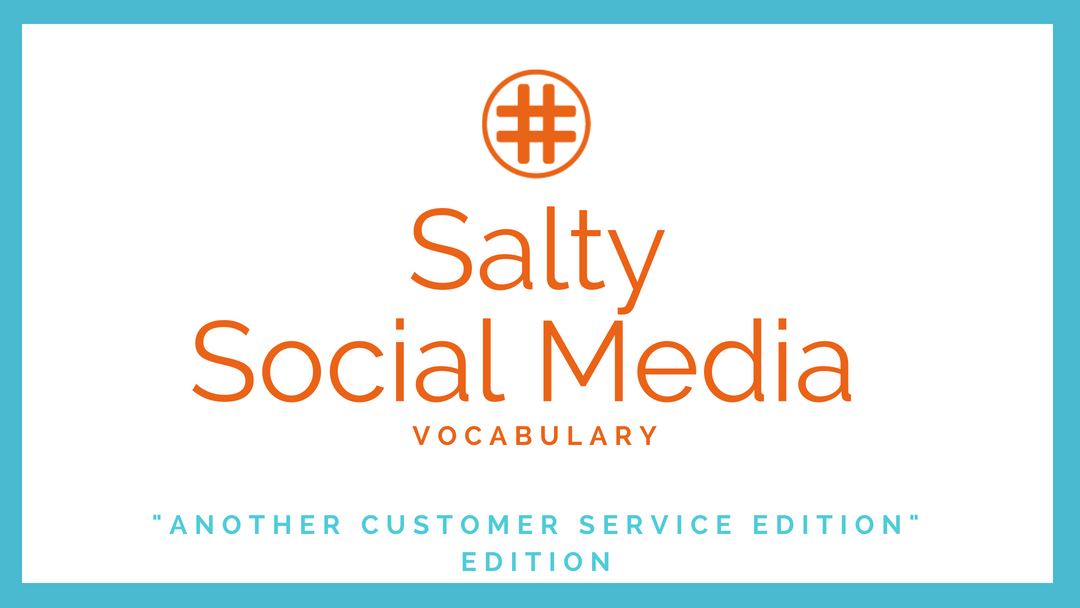Happy Tuesday! We’re happy to have you back for Salty’s weekly Social Media Vocabulary. As you may (or may not?) know, Salty Waffle specializes in helping improve our client’s customer service—amongst other things. Accordingly, today’s theme will be customer service oriented; let’s get into the vocab!
Customer Avatar: is a fictitious customer(s) that represents the aggregation of traits and characteristics of your average customer. Through research, you too can create a customer avatar (or 2) to help you understand the interests and needs of your customers. When you write social media posts, write them to your avatar!
Reputation management: is the attempt to shape public perception of your company or person by influencing readily available information about that company or person. With the advent of social media management, this is often done by encouraging brand advocates to, well, advocate for your brand. Conversely, an infamous example of reputation management lies in the prevalence of fake product reviews on Amazon, which have become so prevalent there are several guides on how to distinguish genuine reviews from fake ones. In other words, there are better ways to manage your reputation—ask us how.
CXM/CEM: “Customer service management” is a process used to supervise and log your company’s interactions with a customer. Customer Service Management is closely related to CxD and relationship management, in that they both track all of the various touch points that occur during the relationship between your brand and your customers.
Service Design: is closely related to CXM, service design refers to the planning and creation of your brand’s customer service infrastructure. Such design will include the CxD, but whereas CxD generally refers to implementation of established process, service design generally refers to the act of establishing the departments and teams that will support and enact said processes.
User research: is the process by which a company learns the needs and behaviors of current customers and potential customers. User research can be conducted through direct feedback, user tracking (Click-throughs, product purchases, and so on) or any other number of methodologies that yield customer data. The captured data is often used by marketing teams, product designers, and UxD teams.
That’ll do it. Is there anything else from CxD or CS processes you’d like to learn more about? What’s your experience with any of the above processes? Let us know in the comments, and we’ll see you again next Tuesday.

